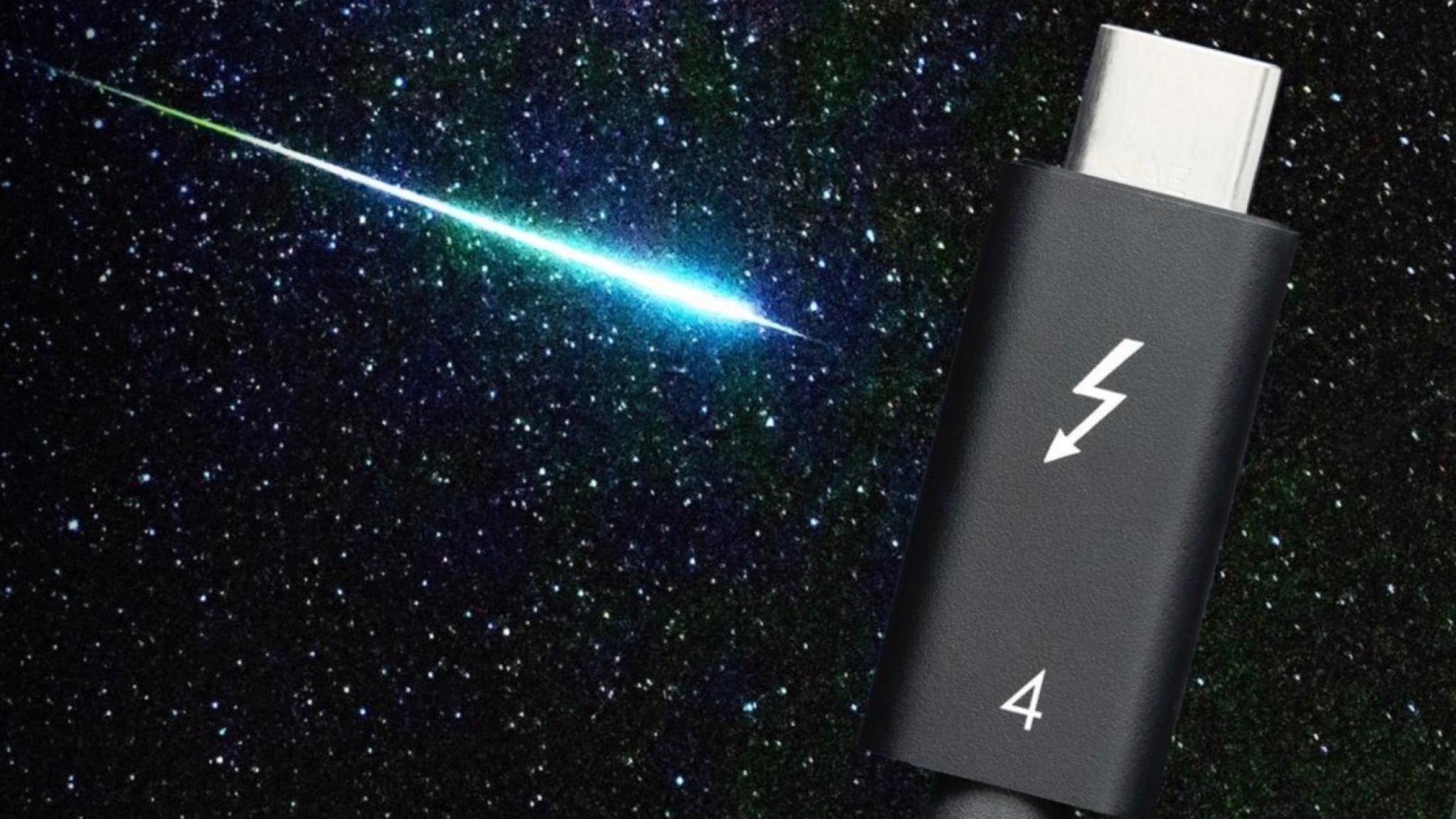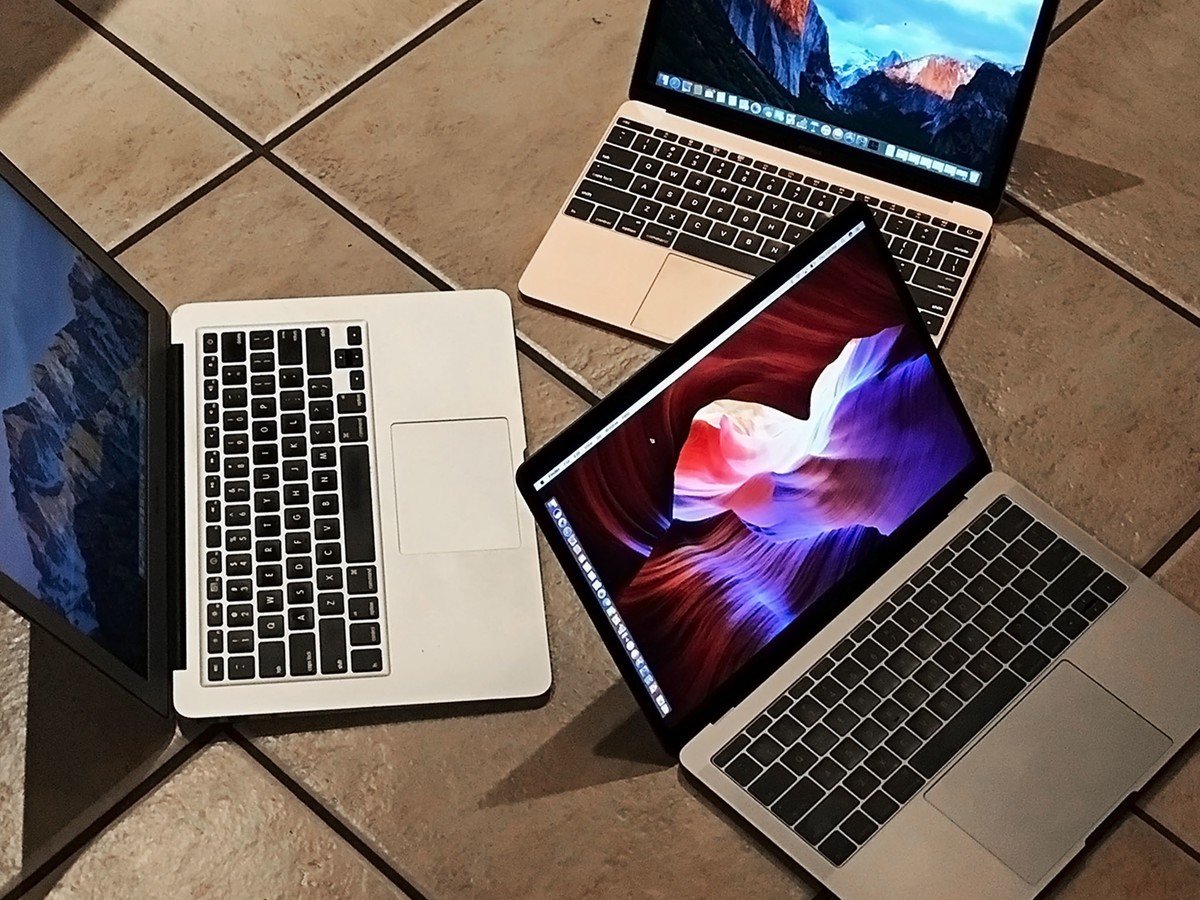Thunderbolt 4: What it means for Apple, Mac and ARM silicone

Earlier this week, Intel released specifications for its latest universal cable connectivity solution, Thunderbolt 4. The hardware interface allows external peripherals to connect to a computer. The new standard increases minimum performance requirements while also expanding capabilities and USB4 specification compliance. Despite this, its maximum bandwidth remains the same compared to Thunderbolt 3.
Here's a look at what the new standard will (probably) mean for Apple and Mac moving forward.
What is Thunderbolt 4
Like Thunderbolt 3, Thunderbolt 4 uses a USB-C connector to deliver data, video, and power over a single connection. Thunderbolt 4 supports 40Gb/s data transfer and can be used with three downstream ports to share bandwidth. It will continue to use the same USB-C design port and will be compatible with both USB-C and USB 4.
To comply with the Thunderbolt 4 standard, manufacturers must meet the following requirements:
- Must support two 4K displays or one 8K display.
- PCIe at 32 Gbps for storage speeds up to 3,000 MBps.
- Provide support for docks with up to four Thunderbolt 4 ports.
- PC charging on at least one computer port.
- The ability to wake the computer from sleep by touching the keyboard or mouse when connected to a Thunderbolt dock.
- Required Intel VT-d-based direct memory access (DMA) protection that helps prevent physical DMA attacks.
Compatibility
Out of the gate, Intel's upcoming mobile PC processors, code-named "Tiger Lake," will be the first to integrate with Thunderbolt 4. The company also announced the first Thunderbolt 4 controller 8000 series, which is compatible with the hundreds of millions of Thunderbolt 3 PCs and accessories already available.
The difference between USB-C and Thunderbolt
As we previously noted, USB-C and Thunderbolt 3 both use the same reversible port. And yet, while a USB-C port and Thunderbolt 3 port look the same, Thunderbolt 3 (now 4) has some extra hardware compared to the more widely-adopted USB-C.
What about Apple?

In June, Apple announced it was moving away from Intel for chipsets in future Macs. Instead, it plans on releasing computers with custom-designed ARM chips. Despite this, the company says it's committed to the Thunderbolt 4 protocol, which doesn't need Intel chips to work.
Master your iPhone in minutes
iMore offers spot-on advice and guidance from our team of experts, with decades of Apple device experience to lean on. Learn more with iMore!
In a statement, Apple said:
Over a decade ago, Apple partnered with Intel to design and develop Thunderbolt, and today our customers enjoy the speed and flexibility it brings to every Mac. We remain committed to the future of Thunderbolt and will support it in Macs with Apple silicon.
It should be noted that Thunderbolt support has never extended beyond Apple's Mac lineup. To date, the USB-C connectors on iPads, for example, aren't compatible with Thunderbolt 3. Whether this omission continues on future iPads with Thunderbolt 4 is unknown.
Which Macs will have Thunderbolt 4 support?
Apple plans on releasing a few more Intel-based Macs in the coming months before switching over entirely to Apple silicone. If any of these new products (perhaps a 2020 16-inch MacBook Pro) come with Intel's Tiger Lake, the odds are high they will support Thunderbolt 4. Otherwise, I'd suggest we won't see Thunderbolt 4 on any new Macs until 2021 at the earliest.
Questions?
Are you concerned about Thunderbolt 4 Have any additional questions? Let us know below!

Bryan M. Wolfe has written about technology for over a decade on various websites, including TechRadar, AppAdvice, and many more. Before this, he worked in the technology field across different industries, including healthcare and education. He’s currently iMore’s lead on all things Mac and macOS, although he also loves covering iPhone, iPad, and Apple Watch. Bryan enjoys watching his favorite sports teams, traveling, and driving around his teenage daughter to her latest stage show, audition, or school event in his spare time. He also keeps busy walking his black and white cocker spaniel, Izzy, and trying new coffees and liquid grapes.
